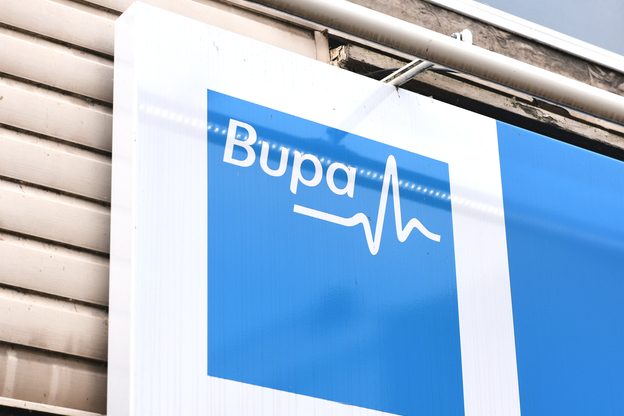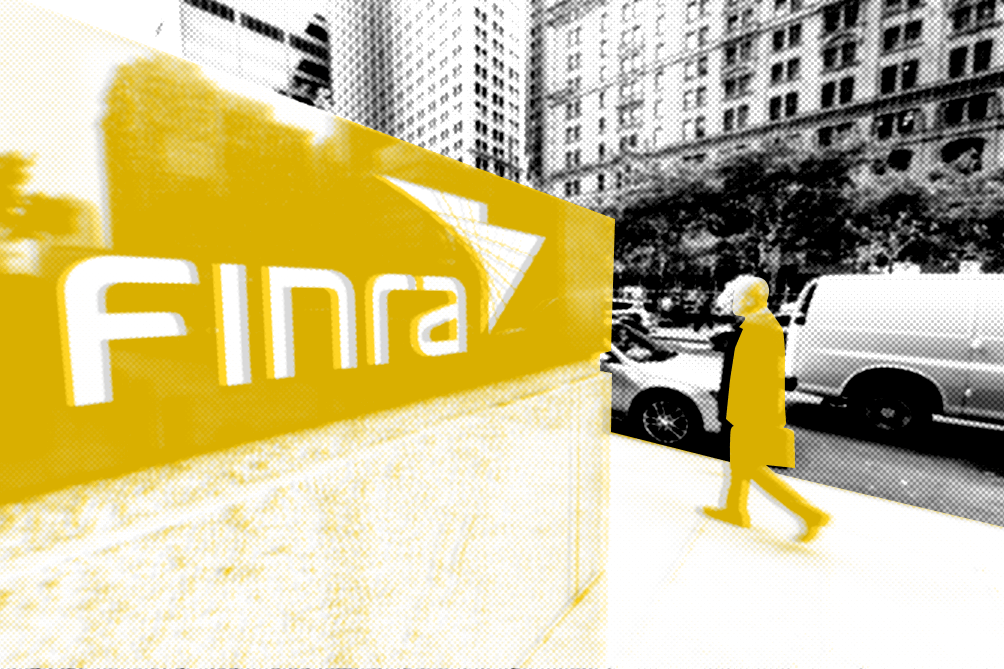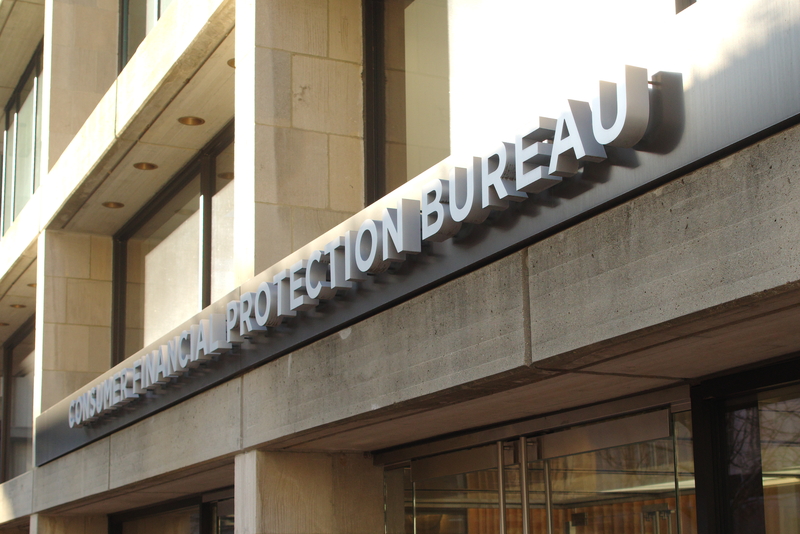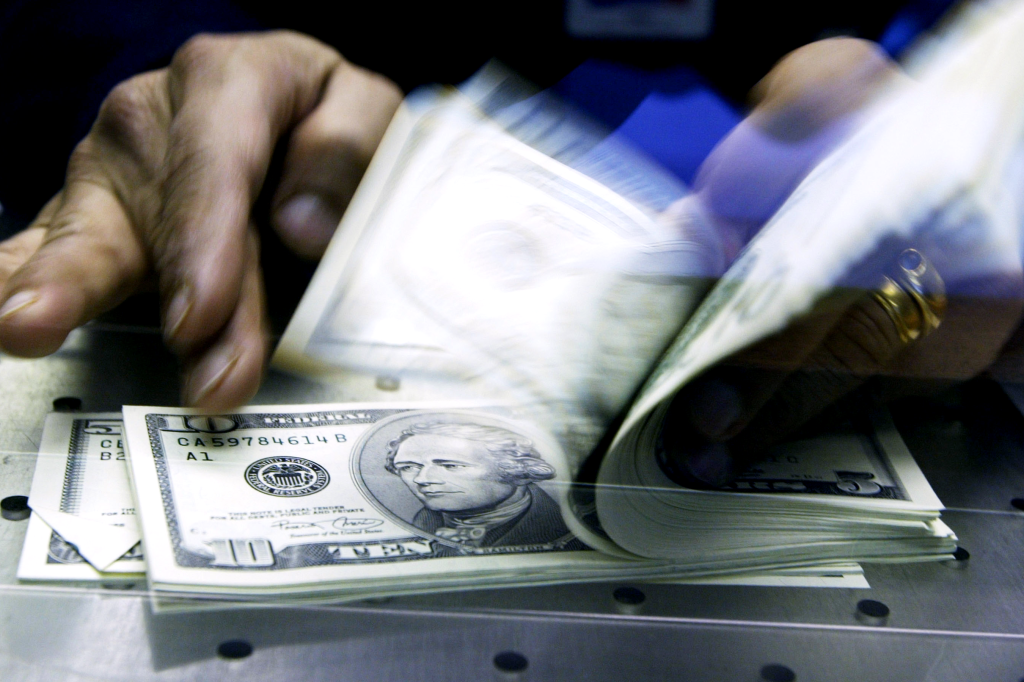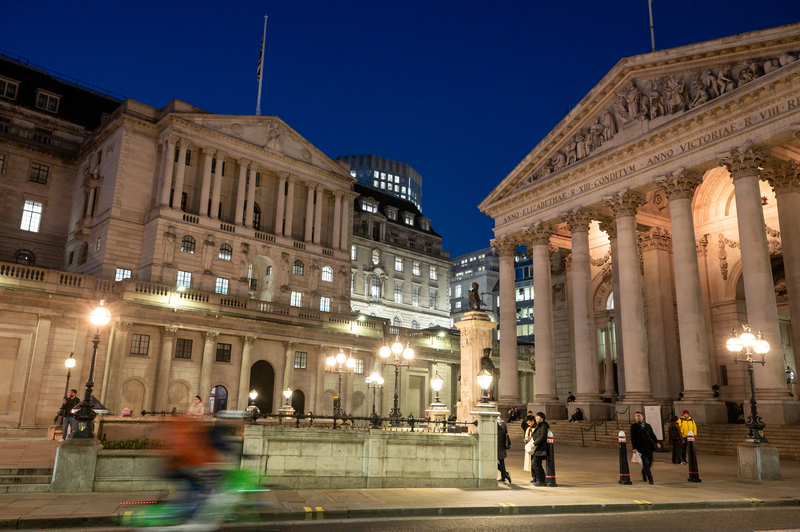The Bank of England’s Prudential Regulation Authority (PRA) has confirmed it’s consulting on making changes to the current retail deposit leverage ratio, and increasing it from £50 billion ($64.6 billion) to £70 billion ($90.4 billion).
In a press release, the banking regulator has said, “[t]his increase would ensure that the threshold continued to capture major UK firms, whilst smaller firms below the new threshold would have more space to grow before becoming subject to the leverage ratio requirement.”
The ratio is an indicator of how much capital a bank or firm has, and is aimed at ensuring financial stability through a financial institution’s risk absorbing capacity in case of a financial crisis.
According to current PRA rules, firms with over £50 billion in retail deposits or £10 billion ($12.9 billion) of non-UK assets must meet a minimum leverage ratio requirement of 3.25% plus buffers.
The threshold was introduced to prevent a scenario similar to the 2008 financial crisis, and basically covers most of the UK’s banks, building societies and investment firms.
The PRA has said another reason for increasing the current threshold to £70 billion is for it to “reflect nominal GDP growth since 2016,” when it was first introduced.
There are currently no plans to make changes to the £10 billion non-UK asset threshold as it was introduced much later, the PRA has indicated.
Sam Woods, Deputy Governor and CEO of the PRA has said “Guarding against excessive leverage in our banking system is essential for economic stability, but we should achieve that in a proportionate way. Today’s proposals will support growth and innovation by giving smaller banks more space to grow before entering the leverage regime.”
Prudential drag
In the actual consultation paper published on Wednesday, the PRA has explained that “Over time, thresholds that are set in nominal terms can ‘tighten’ as inflation and other factors increase the nominal size of the economy.”
This means the threshold can capture firms other than those originally intended, partly because of the nominal economic growth over the period in which the threshold was implemented. The PRA has called this “prudential drag”.
In order to avoid such as situation, and to provide smaller firms, which were not intended to be captured by the threshold, space to grow the PRA is consulting on increasing the current threshold by £20 billion ($25.8 billion).
That’s obviously the regulatory aspect of the proposed change. But there are also strong economic and political facets to the PRA’s announcement.
According to the FT this is an indication that regulators are beginning to respond to the government’s demand to cut regulatory tape and prioritise growth in order to support the UK’s economic growth.
A director from banking trade organisation UK Finance was quoted by the paper as saying, “[w]e encourage the PRA to consider increasing all thresholds in the same way.”
“We also recommend the PRA look to exclude gilts in the leverage ratio calculation as banks would then be better able to support growth from the capital held against these essentially risk-free assets,” he added.

